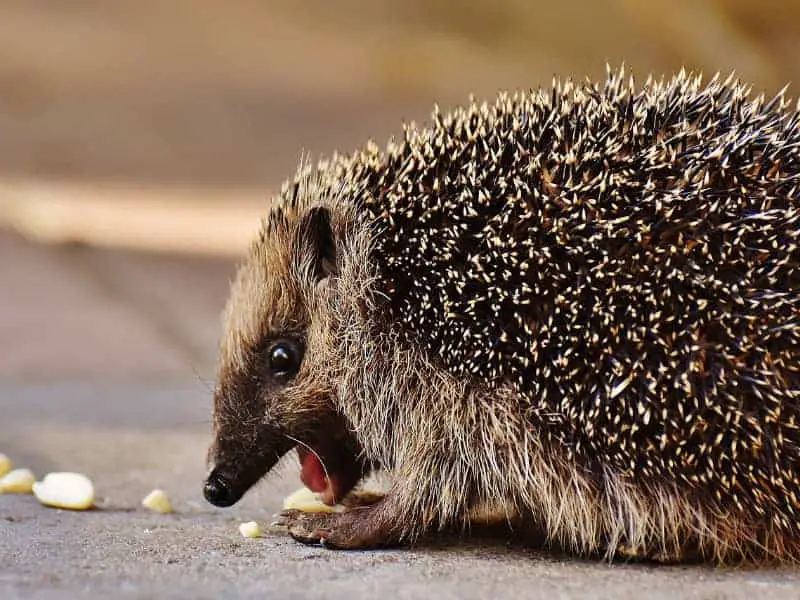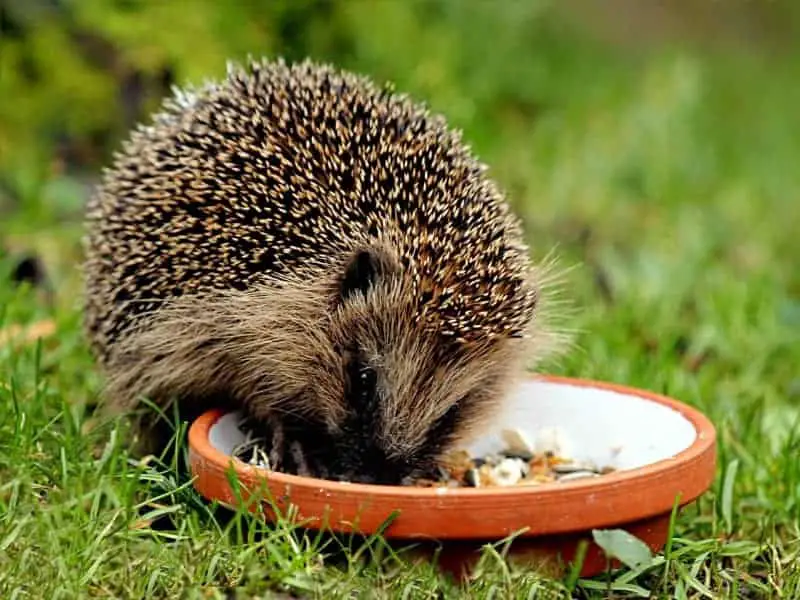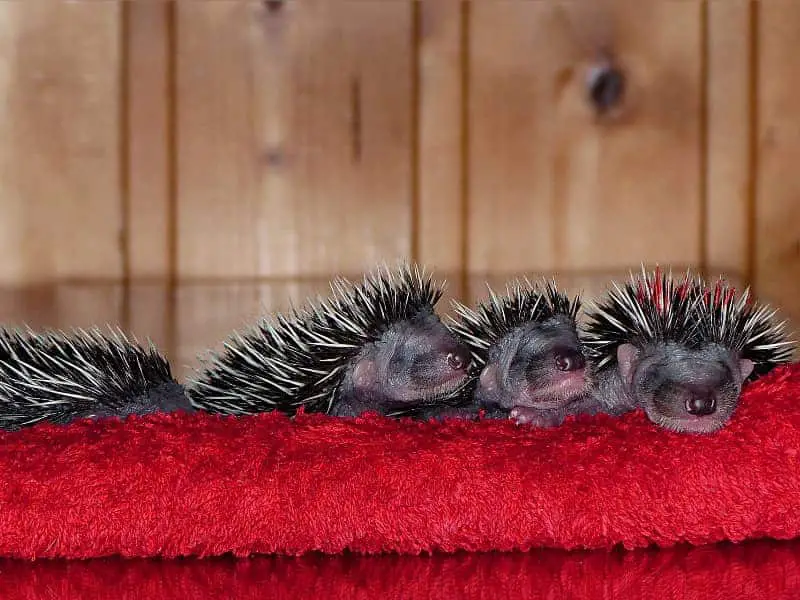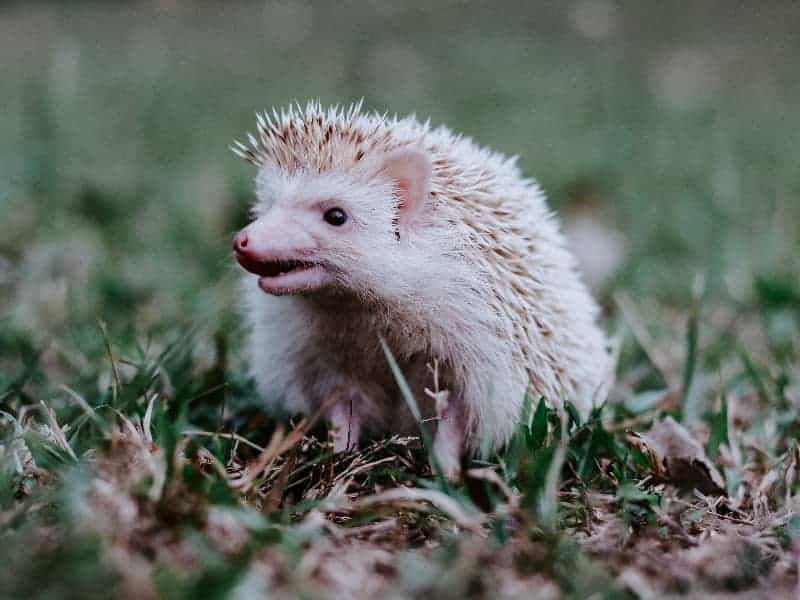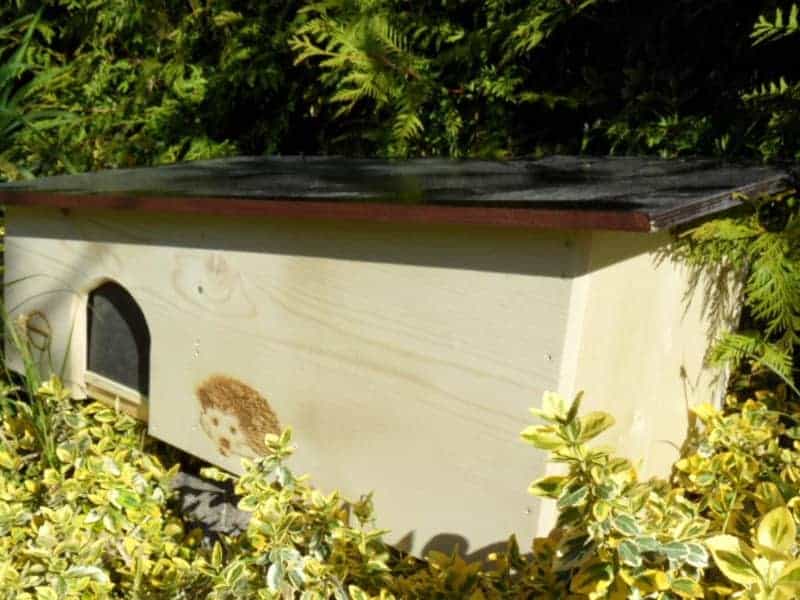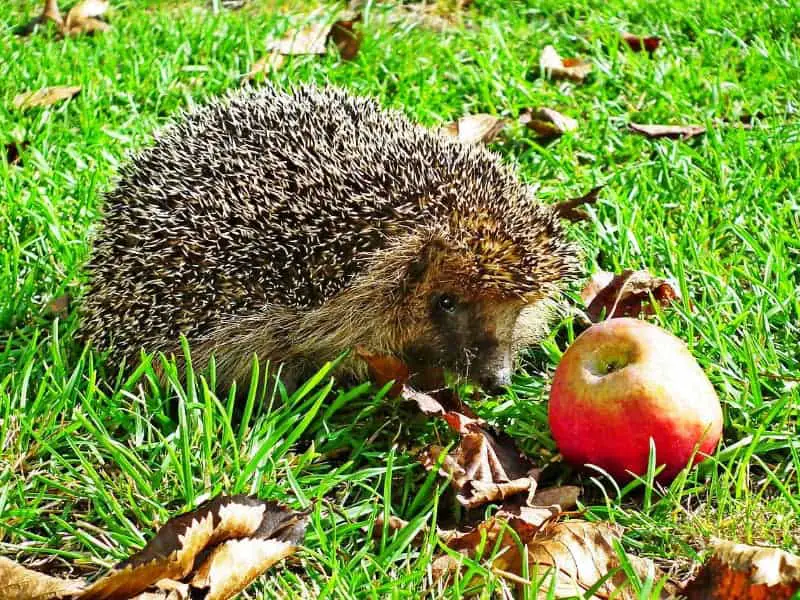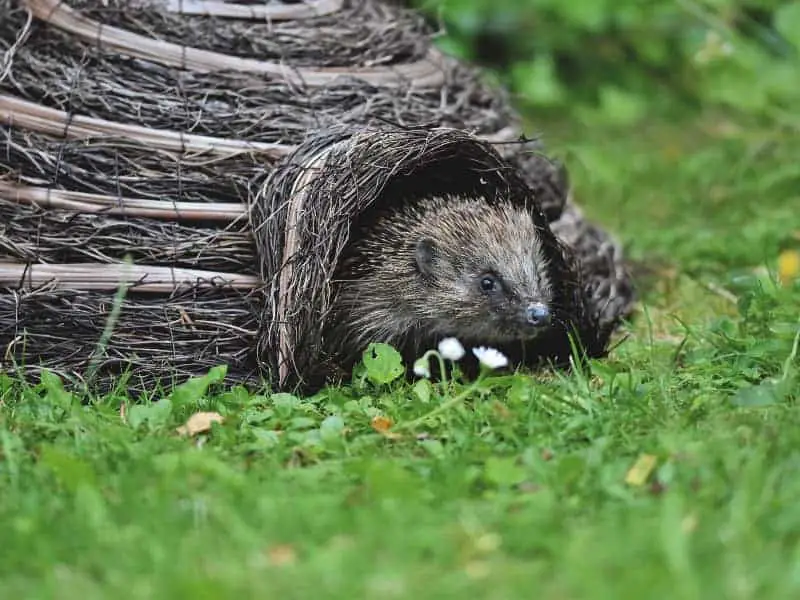
Hedgehog lung worms, how to recognize, what to do?
Most wild hedgehogs have lungworms. How can you recognize this? What can you do yourself to help the hedgehog with the lungworms? The lungworm is also known as Crenosoma striatum and belongs to the class of nematodes. It deals with Hedgehog lung worms around host specific parasites. These usually affect the trachea, bronchi and alveolar (ductus alveolares).
The characteristics and life cycle of hedgehog lungworms
Adult male hedgehog lungworms are 5 - 7 mm and females 10 - 13 mm long. Larvae I, about 300 µm in size, are shed by the viviparous females per laying. The larva is contained in a very thin, transparent and elastic egg case with which it is excreted. The egg case is coughed up by the female, swallowed and excreted with the feces.
They then enter the intermediate host snail via the foot. Within 3 weeks, larvae I develop into infectious larvae III. The Hedgehog takes this when eating the snails with. During digestion, the arva is released and passes from the intestine through the lymphatic capillaries and vena cavae into the heart. From there it goes into the lungs.
Within 3 weeks, the larva here develops into an adult worm. This parasitizes in the bronchial tubes and excretes eggs there, which contain the larvae I. The hedgehog can also ingest the lungworm eggs directly if it is in a place with infected feces. Furthermore, the parasite is also passed on to the young hedgehogs with their mother's milk. Hedgehog lungworms can be found all over Europe and Asia, everywhere we find hedgehogs.
The symptoms and diagnosis of hedgehog lungworms
With a light infestation of hedgehog lungworms usually no symptoms are recognizable. However, among others it can also lead to CoughThis can lead to weakness, shortness of breath, reduced appetite and consequently weight loss. Very often you can notice some kind of weakness as well as reduced activity in a hedgehog with lungworms. In extreme cases, the hedgehog lungworms lead to the death of the mammal. Furthermore, secondary infections are also possible. These include pneumonias (lung infections).
For an accurate diagnosis of whether hedgehog lungworms are actually involved, the feces of the hedgehog can be examined microscopically for larvae. Experts refer to this as coproscopy.
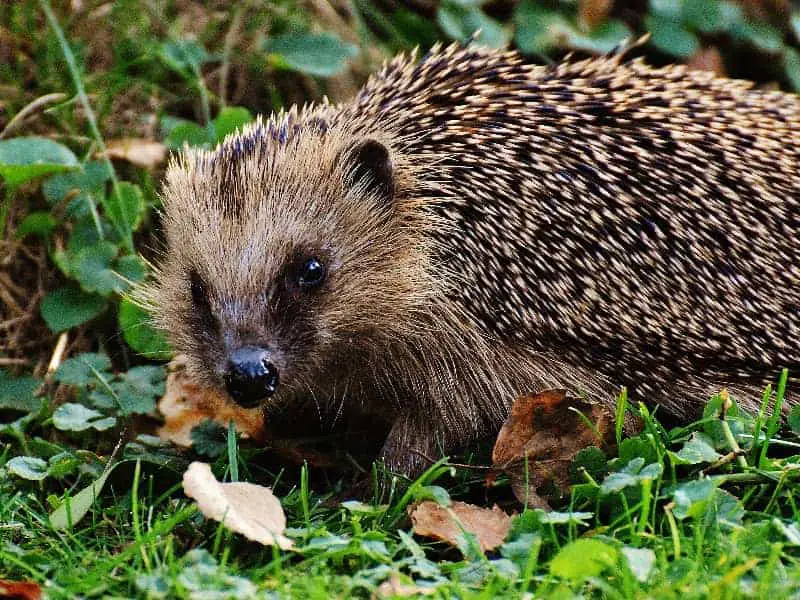
How can a hedgehog with lungworms be treated?
Among veterinarians, the active ingredient levamisole is usually the drug of choice for hedgehog lungworms. This active ingredient is found in numerous medications. These include
- Levamisole 10
- Belamisole 10
- Nematovet 10
Hedgehog lungworms, the unloved mammal co-inhabitants
Since the hedgehog is a wild animal, it is inevitable that it will have worms, ticks, mites and fleas. The healthy hedgehog has its own body's defense strategies to cope to a certain extent with the unwelcome co-inhabitants. Unfortunately, it has been noticed recently that infestations of parasites in hedgehogs are increasing. What could be the reasons for this?
A very significant reason is the decline of natural food animals. This results on the present garden design of most people. The modern gardens hardly provide habitat for ground beetles and other insects. During the digestion of ground beetles and their chitinous shell, prussic acid is formed in the stomach of hedgehogs. This prussic acid can kill the lungworm larvae as far as possible in the hedgehog's body.
If the hedgehog no longer finds sufficient good food animals, he resorts to snails in his distress. However, most snails and earthworms are intermediate hosts for parasites such as the hedgehog lungworm.
How can you help the hedgehog?
As a long-term help and support of the hedgehog only the creation of suitable habitats comes into question. If possible, design your garden so that the hedgehog can find sufficient natural and good prey under wild shrubs and hedges during his nightly forays. In most gardens there are not enough good prey for the hedgehog. Unfortunately, the balance of nature is disturbed, so that the larvae of hedgehog lungworms are no longer naturally controlled.
Make sure that there are sufficient hiding places in your garden that the hedgehog can use for sleeping during the day. In addition, the hedgehog should not run the risk of getting caught on close-meshed wire fences or nets. Your garden must be easily accessible to the hedgehog. This means that there must be enough convenient slips through the hedgehog's territory. In your hedgehog-friendly garden, many other animal and plant species will also feel at home in the future.
It is certainly understandable that you would like to help a coughing and sneezing hedgehog immediately. But you should be aware that after intensive and often costly care, the hedgehog will eat snails again after release. The cycle starts all over again.
Can hedgehogs be vaccinated against lungworms?
This question must be answered quite clearly with a NO. Vaccination is always a preventive measure.
However, it is possible to administer a dewormer to hedgehogs with lungworms in a veterinary practice. In this case, the injection solution is administered to the hedgehog twice with an interval of 48 hours.
Author

-
Garden animal - A life with nature
Welcome to my animal blog! My name is Dirk and I am happy to take you on my journey through the fascinating world of animals and gardening.
Born 54 years ago, I have had an insatiable curiosity for the animal world around me since childhood. Although I have moved professionally in other industries, my true passion has always been animals and nature. It is remarkable how a small garden has become such an important part of my life.
Many of my fondest memories are associated with the animals that share our home. Whether it's the curious squirrels that scurry across the trees in the morning, the colorful variety of birds that visit our feeders, or the busy bees and butterflies that pollinate our flowers, every moment with them is invaluable to me.
This blog is my contribution to share my experiences, discoveries and insights with like-minded people. Here I will share stories of unforgettable encounters with animals, give tips on gardening and creating wildlife-friendly habitats, and take you on my journeys through nature.
Thank you so much for being here!
Cordial,
Dirk aka garden animal
Last posts
- 27. February 2024PetsVeganes Hundefutter – Grün und Gesund?
- 18. January 2024ChickensOregano für Hühner
- November 27, 2023HamsterDiurnal hamsters
- November 24, 2023HamsterHamster hammock

